Aluminum Die Casting Machine Market Share by Key Players Competitive Benchmarking and Strategies
Aluminum Die Casting Machine Market Share by Key Players
Key players such as Buhler AG, Toshiba Machine Co., and UBE Machinery Corporation hold a significant share of the global market. Their competitive advantage lies in technological innovation, global distribution networks, and strong after-sales service capabilities.
Aluminum Die Casting Machine Market Overview
The aluminum die casting machine market plays a vital role in manufacturing industries that require high-precision and high-strength aluminum components. These machines enable manufacturers to produce complex shapes with superior surface quality and dimensional accuracy. Due to the lightweight nature of aluminum, combined with its strength and corrosion resistance, aluminum die casting is extensively used in industries like automotive, aerospace, electronics, and consumer goods. The market has evolved with technological advancements, focusing on automation, efficiency, and energy savings, making aluminum die casting machines indispensable in modern production facilities.
Market Dynamics
The aluminum die casting machine market is driven by a combination of technological advancements, growing industrial demand, and the need for sustainable manufacturing processes. Automation integration and improved casting techniques have increased production speed while maintaining quality standards. Additionally, industries are prioritizing lightweight materials to improve efficiency and reduce energy consumption, which directly boosts aluminum demand. However, fluctuating raw material prices, high initial investment costs, and maintenance requirements can present challenges. Nevertheless, emerging economies and advancements in high-pressure die casting (HPDC) technology are providing ample growth opportunities.
Key Market Drivers
One of the main drivers is the increasing demand for lightweight vehicles to enhance fuel efficiency and reduce carbon emissions. The automotive sector is a major consumer of aluminum die cast parts such as engine blocks, transmission housings, and structural components. Similarly, the aerospace sector is adopting aluminum casting for lightweight yet durable components. The rise of electric vehicles (EVs) also fuels demand, as EV manufacturers require lightweight materials to extend battery range. Another significant driver is the growing trend of miniaturization in electronics, where precise aluminum parts are needed for housings and components.
Market Restraints
Despite the positive outlook, certain factors may slow market growth. High capital investment in aluminum die casting machines can be a barrier for small and medium-sized enterprises (SMEs). Additionally, the process requires skilled operators and regular maintenance to prevent defects such as porosity or shrinkage. Environmental regulations regarding emissions during casting operations may also require companies to invest in eco-friendly technologies, adding to operational costs. Volatility in aluminum prices can also impact profit margins, forcing manufacturers to carefully manage procurement and pricing strategies.
Market Opportunities
Opportunities lie in technological innovation and expanding industrial applications. Advancements such as real-time monitoring systems, energy-efficient furnaces, and automation are making die casting more cost-effective. The renewable energy sector is also expected to drive demand, as wind turbines and solar panel components increasingly incorporate aluminum parts. Furthermore, developing economies are setting up new manufacturing plants, which will require modern die casting machinery. Collaborations between machine manufacturers and end-users to create customized solutions will also boost adoption.
Segmentation by Machine Type
The aluminum die casting machine market can be segmented into hot chamber machines and cold chamber machines.
- Hot chamber machines are suitable for alloys with low melting points but are less commonly used for aluminum due to its high melting temperature.
- Cold chamber machines, on the other hand, are preferred for aluminum casting. They allow molten aluminum to be ladled into the chamber, enabling the production of large and complex parts with excellent mechanical properties. Cold chamber machines dominate the market due to their versatility and durability in handling high-temperature metals.
Segmentation by Application
Applications span across automotive, aerospace, industrial machinery, consumer electronics, and construction sectors.
- Automotive: Largest segment, driven by the shift toward lightweight, fuel-efficient vehicles.
- Aerospace: Increasing demand for high-performance, lightweight parts for aircraft manufacturing.
- Industrial Machinery: Aluminum die casting components used in pumps, compressors, and other industrial equipment.
- Consumer Electronics: Growing demand for compact, durable housings for devices.
- Construction: Use of aluminum in structural components and architectural applications.
Regional Analysis
- North America: Strong automotive and aerospace industries drive demand for advanced aluminum die casting machines.
- Europe: Focus on sustainable manufacturing and lightweight vehicle production supports market growth.
- Asia-Pacific: Fastest-growing region, with China, Japan, and India investing heavily in manufacturing infrastructure.
- Latin America: Growth fueled by expanding industrial sectors and foreign investments.
- Middle East & Africa: Gradual adoption due to emerging manufacturing industries and infrastructure development.
Technological Trends
Technological advancements are reshaping the aluminum die casting machine market. Integration of Industry 4.0 principles allows for predictive maintenance, automated defect detection, and optimized production processes. Energy-efficient designs are reducing operational costs and environmental impact. Robotic handling systems are being widely adopted to enhance precision and reduce labor dependency. Additionally, hybrid casting technologies combining die casting with additive manufacturing are emerging, enabling more complex and lightweight designs.
Competitive Landscape
The market features a mix of global and regional players competing on machine quality, customization options, and after-sales services. Companies are investing in R&D to introduce advanced models with enhanced automation, better cooling systems, and lower energy consumption. Strategic partnerships with end-use industries are helping manufacturers align product capabilities with market needs. The competition is intense, pushing continuous innovation and cost optimization.
Future Outlook
The aluminum die casting machine market is expected to witness steady growth in the coming years, fueled by rising demand for lightweight and high-strength components across industries. Sustainability initiatives and advancements in machine efficiency will shape the future landscape. Regions with expanding manufacturing bases, particularly in Asia-Pacific, will emerge as key growth hubs. The market is likely to see an increased adoption of eco-friendly and fully automated machines, ensuring higher productivity and compliance with environmental regulations.
- الاقتصاد والتجارة
- فن
- كورسات
- الحرف اليدوية
- الطعام والشراب
- الألعاب والترفيه
- الصحة
- تكنولوجيا
- أخرى
- دين
- رياضة


